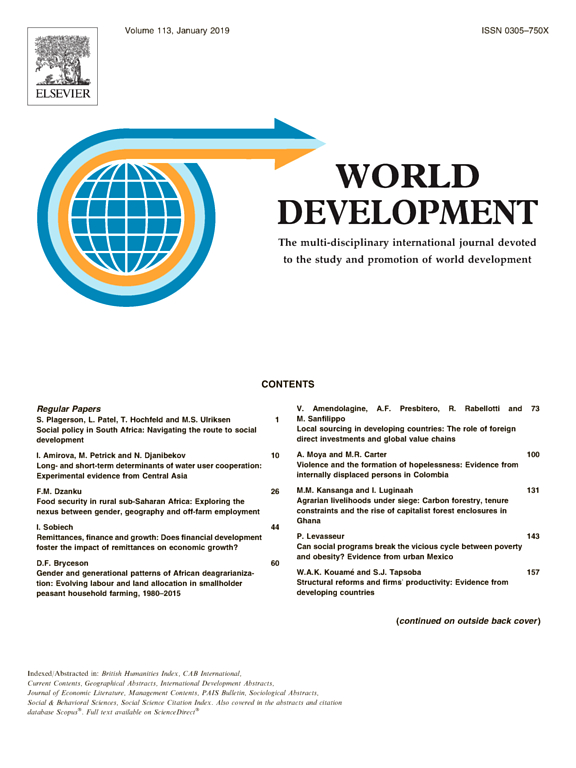Ten fruit and kernel traits were measured in 152 Irvingia gabonensis and 293 Dacryodes edulis trees from 6 villages in Cameroon and Nigeria. Frequency distribution curves were used to examine the range of variation of each trait of each species in each village and aggregated into national and regional populations. There were differences between the village sub-populations, with regard to the normality (e.g., mean kernel mass of D. edulis) or skewness (e.g., mean flesh depth of D. edulis) of the distribution curves and in the degree of separation between the individual village populations along the x axis, resulting in the development of a bimodal distribution in the regional population. For all traits, populations of both species differed significantly between countries, but only in D. edulis were there significant differences between the Cameroon populations. On the basis of the results of this study, D. edulis can be said to be virtually wild in Nigeria but semi-domesticated in Cameroon, while I. gabonensis is wild in Cameroon and semi-domesticated in Nigeria. These results are discussed with regard to a hypothesis that the range and frequency of variation in the different populations can be used to identify five stages of domestication. From a comparison of the frequency distribution curves of desirable versus undesirable traits, and statistically identifyable changes in skewness and kurtosis, it is concluded that as a result of the farmers’ own efforts by truncated selection, D. edulis is between Stages 2 and 3 of domestication (with a 67% relative gain in flesh depth) in Cameroon, while I. gabonensis in Nigeria is at Stage 2 (with a 44% relative gain in flesh depth). In this study, genetic diversity seems to have been increased, and not reduced, by domestication.
DOI:
https://doi.org/10.1023/B:AGFO.0000013259.95628.22
Altmetric score:
Dimensions Citation Count:
























